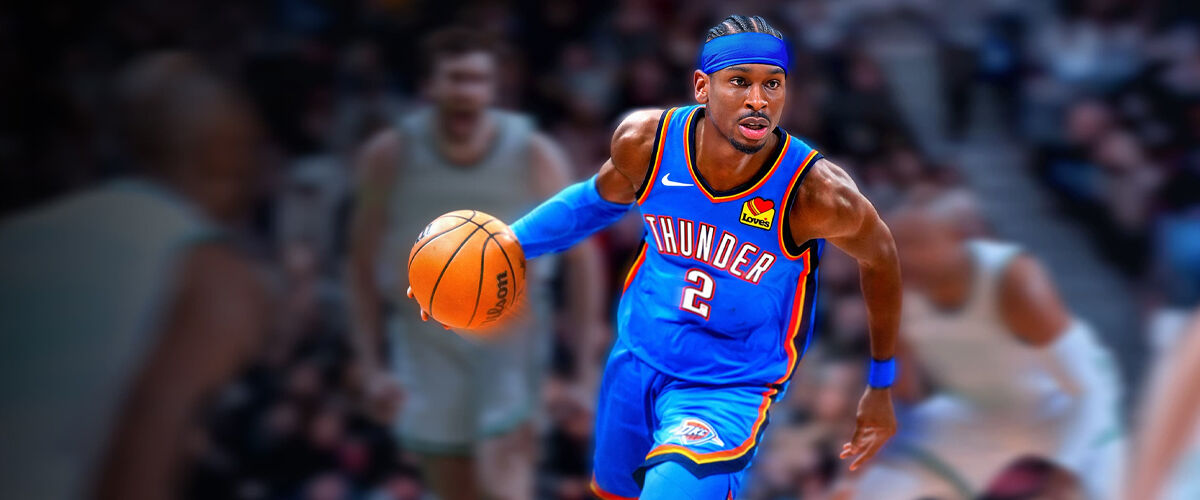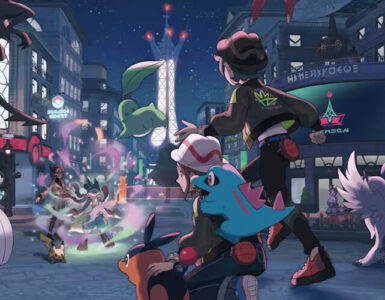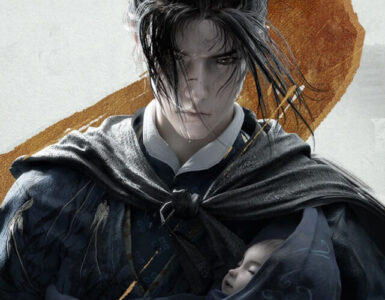It’s very fitting that NBA 2K26 is a direct reflection of the career of its Superstar Edition Cover Athlete, 10-time NBA All-Star champion, Carmelo Anthony. The hype surrounding this year’s iteration is a great reminder of the young Syracuse legend, who cemented his place as one of the best college basketball players of all time with just one season. You then get flashes of awe and brilliance for the former player for the Denver Nuggets, New York Knicks, Portland Trail Blazers and Los Angeles Lakers, with that familiar stellar presentation and gameplay, akin to prime New York Knicks Melo lighting up Madison Square Garden. However, after that feeling of novelty and surface improvements wears off, you’re left with Lakers Melo, a once-great, ageing all-star who can’t hit the highs audiences have grown accustomed to.
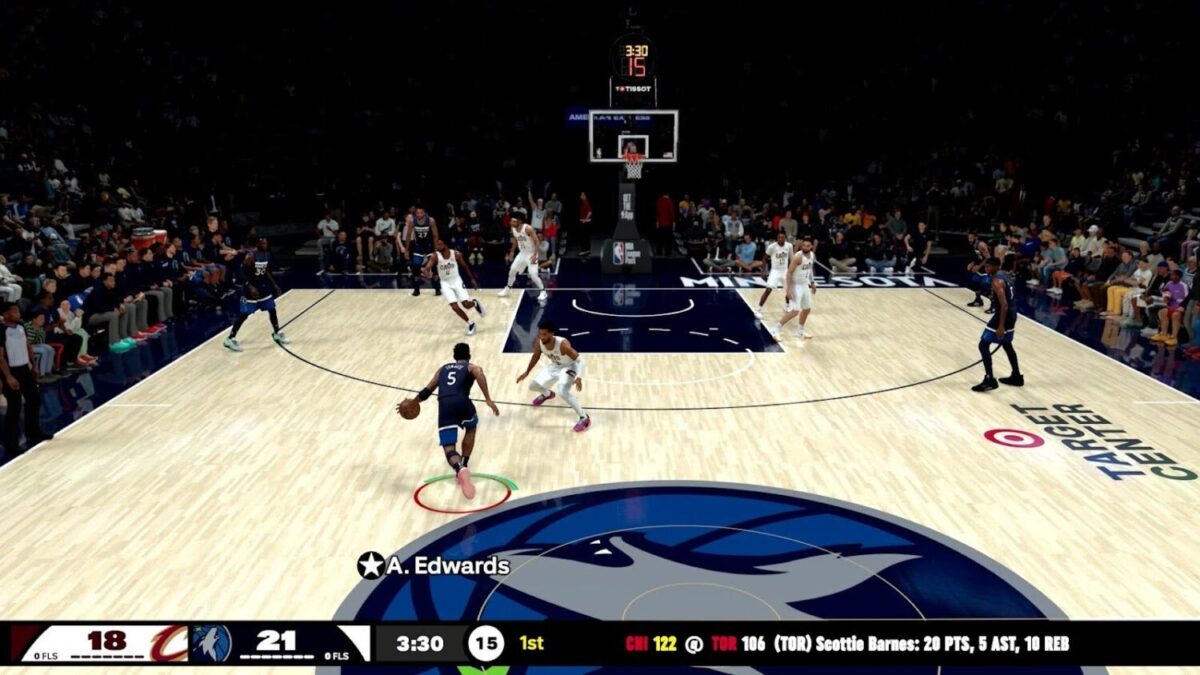
Likewise, NBA 2K makes it to the Naismith Basketball Hall of Fame because of its legacy, and NBA 2K26 is no exception. It’s no revolutionary change that its community has been crying out for, but it still hits its spots. Perhaps the most comforting thing to know is that Visual Concepts actually pays attention to their community, with the biggest changes this year delivered on the court.
Right after tip-off, once you crank that right analogue stick back to test out an absurd Stephen Curry Harlem Globetrotter-esque 4-point jumper, you’ll notice the return of a familiar sight: the curved bar shot meter. Replacing the confusing and infuriating ring/arrow mechanic from last year, the bar’s green zone (which guarantees a make) adjusts based on how much a defender covers your shot. Wide-open shots without a defender in sight mean a thicker green bar and a greater chance of scoring. This means that unless you’re a living metronome with perfect hand-eye coordination, you’ll have practically no chance of making a shot with someone right up in your face. It makes clear 2K’s stance on shooting mechanics moving forward — less randomness and more skill — something the majority of its die-hard community can get behind.
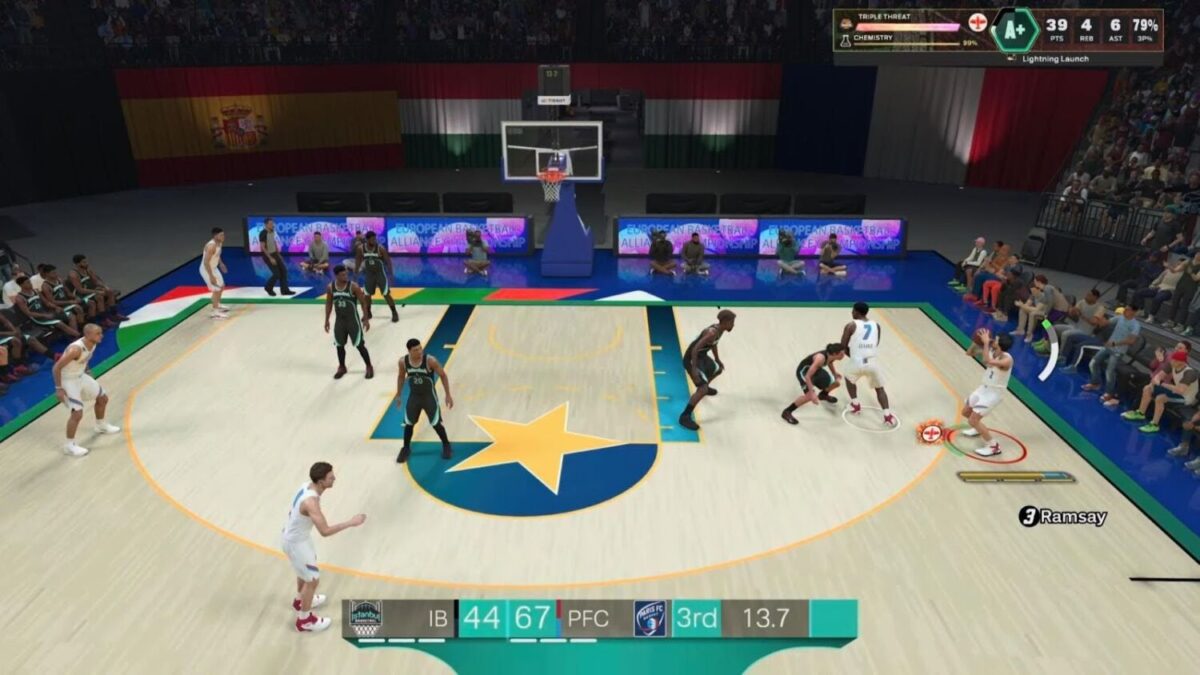
With the new green-or-miss shooting mechanic introduced, players will soon notice that defending takes a back seat as players start locking down their timings and get better, but it’s akin to the 140/150 points current teams are scoring in this modern age of the NBA. However, gameplay feels inexplicably slower, though that’s not a bad thing. NBA 2K26’s improved “ProPlay” motion engine transposes real-life basketball tape into in-game animations, and gone are the days of last year’s sluggish movement, where players felt like they had solid cast-iron basketball shoes on. Players no longer glide and skate (almost teleport) to their spots during set plays, and gamers can actually see each player’s feet moving, planting and cutting with purpose.
What’s more, the introduction of Go-To Shots complements the way the NBA 2K series emphasises replicating the exact moves and tendencies of some 450 players in the league. It won’t take you long to spot Nikola Jokic’s signature Sombor Shuffle or James Harden’s controversial step-back three-pointer being employed by the AI, almost to an ungodly degree.
Like the layers on top of a cake, NBA 2K has always paid very close attention to its presentation and NBA 2K26 looks and sounds great, where you can even see the beads of sweat on LeBron James’ back as he attempts a drive towards the rim. The biggest caveat is that newer players can look more like wax figures from Madame Tussauds — visually accurate but inexplicably lifeless.

Ironically, what makes NBA 2K26 stand out as a visual and auditory spectacle is its attention to detail. Crowd noise gets progressively louder as the time trickles down to the last quarter of a tight match. Commentary is flawed at times, but the iconic quips and vocal idiosyncrasies of noted sports commentator and NBA 2K stalwart, Kevin Harlan, have always made it feel like you’re actually listening in to a proper regular-season game. Halftime shows feature cheerleaders dancing different routines, mascots on unicycles, and dance cams looking out for overly-enthusiastic fans eager to bust a move in the bleachers — all combined for an amazing atmosphere in religiously replicated arenas unique to each team. You won’t see any two fans in the crowd that look the same, from the sold-out Crypto.com Arena to a high school in Vermont.
Perhaps the most frustrating aspect here is the lack of consideration towards how all these new features and integrations actually ruin NBA 2K26’s performance on lower-spec hardware like a PS4 or Xbox One. Player cutscenes after a highlight play look smooth as butter, but gameplay feels delayed and a second slower once you’re back controlling your players. The pursuit of having the most beautifully looking sports game has now seemingly buckled under the weight of all the new textures and rendering, making it feel like one step forward, two steps back.
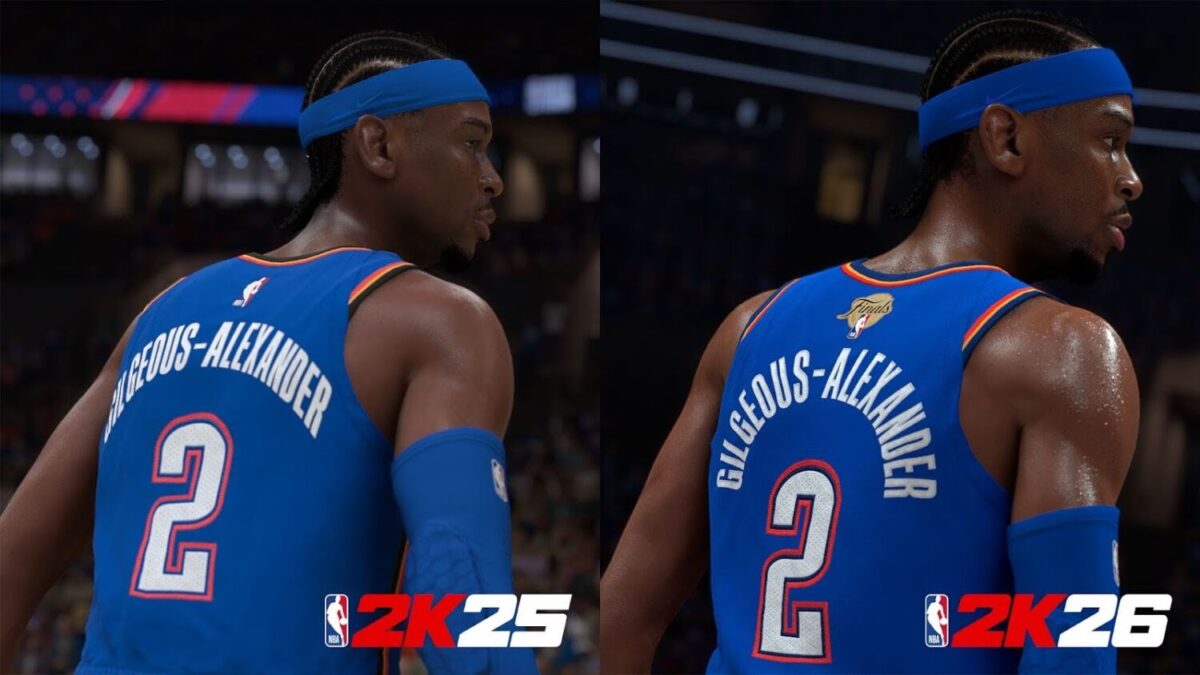
Speaking of Vermont, this year’s MyPlayer follows the story of MP, an unknown teenager from the middle-of-nowhere, where your chances of landing in the NBA are little to none. The wacky storyline takes a turn when, after just recording MP takes a grand total of 10 jumpshots — he gets invited to attend an elite player camp on the other side of the United States, which then kickstarts your journey to the big leagues.
Gameplay-wise, though, it’s addictive. MP’s performance in every game does feel significant and substantial in how his career plays out, but the constant story beats and cutscenes feel artificial and contrived just to make it make sense. The dialogue that MP has blabbering is something a normal human being wouldn’t say, let alone a baller aspiring to play in the NBA. MP comes off as whiny and unlikeable, and making him a “content creator” just sprinkles salt on the wounds. And it really doesn’t help that NBA 2K’s option to scan your actual face to have on MP relies on a janky phone app using the outdated technology (where you take low-resolution selfies from your phone’s front camera), resulting in user-generated characters that, at best, look like a Halloween costume gone wrong.
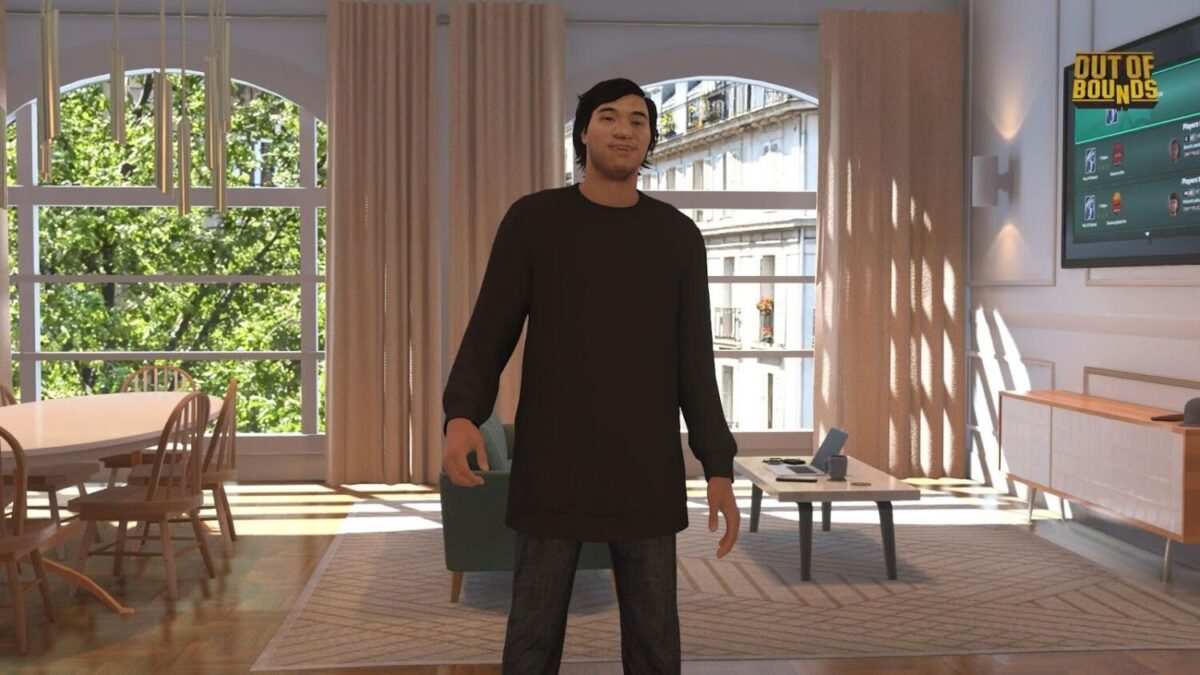
NBA 2K26’s next biggest offline mode, MyGM, also hasn’t received the attention it deserves. Despite the introduction of “Offseason Scenarios”, the game’s franchise mode, where you get to play as the manager of any team from the past and present, feels like Santa Claus got lazy and packed last year’s leftover Christmas presents with new wrapping paper.
Given out after the end of each season, there are unique, multiple-year-long quests for each franchise that players must fulfil to satisfy fans and management. The perk and attribute point systems don’t make a significant enough difference compared to making player trades and signing big free agents. If the ultimate goal is to win championships and/or earn lots of money, go all out and make these objectives non-negotiable, i.e. winning a title doesn’t guarantee that players keep their jobs, especially if more money is spent than the team owner wants to. The novelty of planting a MyPlayer character right smack into Kobe’s Lakers dynasty wears thin after a couple of seasons.
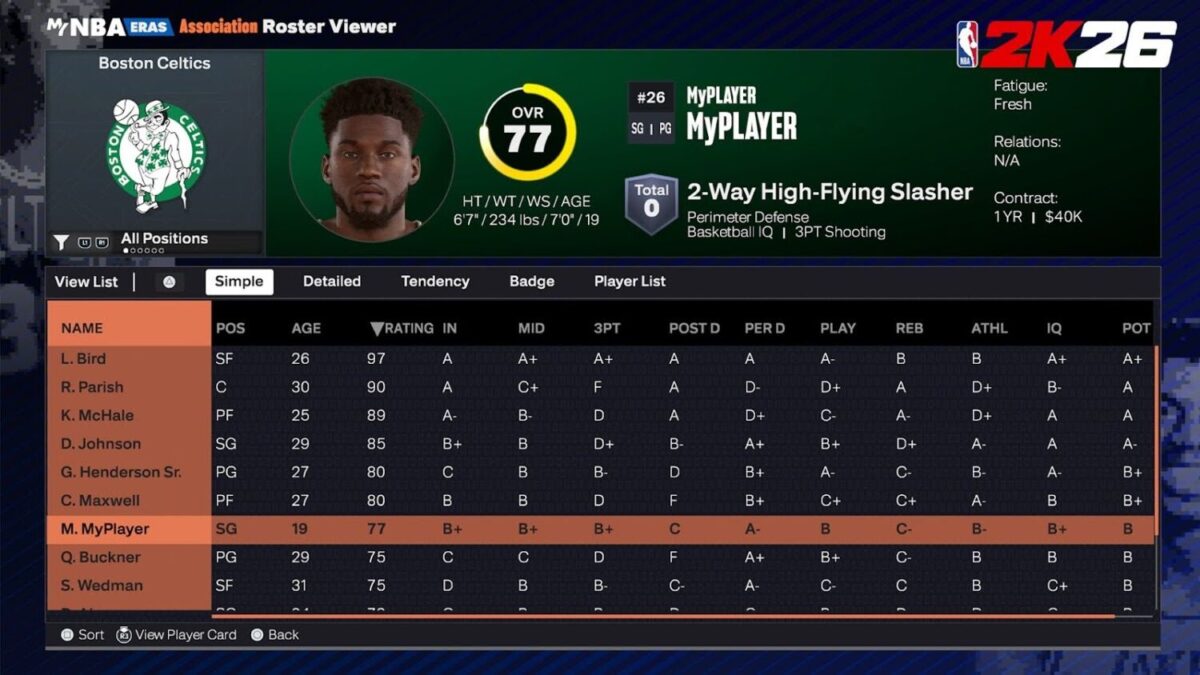
TheW, the game’s single-player mode for the WNBA, is a good new start for those interested in crafting a female-centric story. Although a truncated version of MyPlayer, it gives an insight into female basketball, something that has been overlooked all these years but has been gaining significant traction as of late, thanks to real-life superstars like Caitlin Clark and Cameron Brink.
What’s more, WNBA player cards also make their debut in NBA 2K’s online fantasy team mode, MyTeam. Akin to how female players were introduced in EAFC’s Ultimate Team, NBA 2K26 follows closely in their footsteps, giving players more options in how they want their teams to lineup. The new WNBA-only games and challenges also incentivise players to use these female cards, giving a fresh layer and landscape to MyTeam.
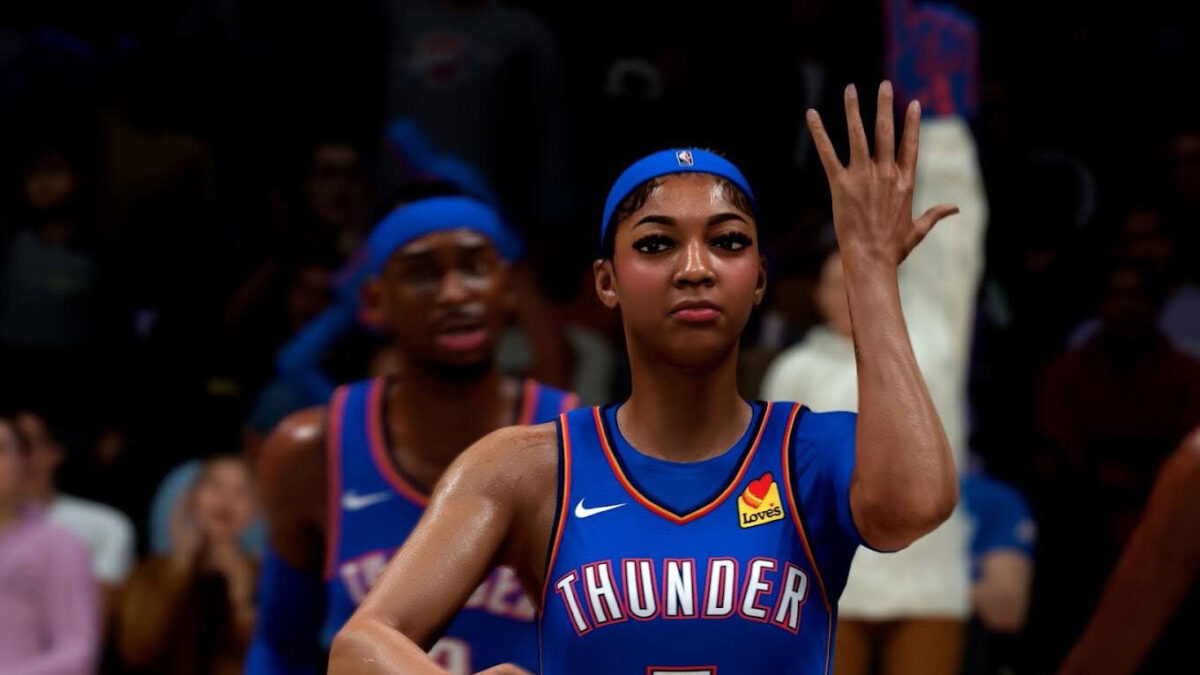
However, it’s hard not to talk about MyTeam without addressing the elephant in the room —microtransactions. Admittedly, it’s easier this year to put together a half-decent starting five without spending an additional cent, especially with the intergender squads added to the mix that shakes up the tactics and strategies one can employ to outsmart their online opponents. But the moment you come up against those in the higher ranks, you’ll soon realise, after seeing teams put together with overpriced guaranteed superstar packs and bedazzled jewel-themed players, that cash is king.
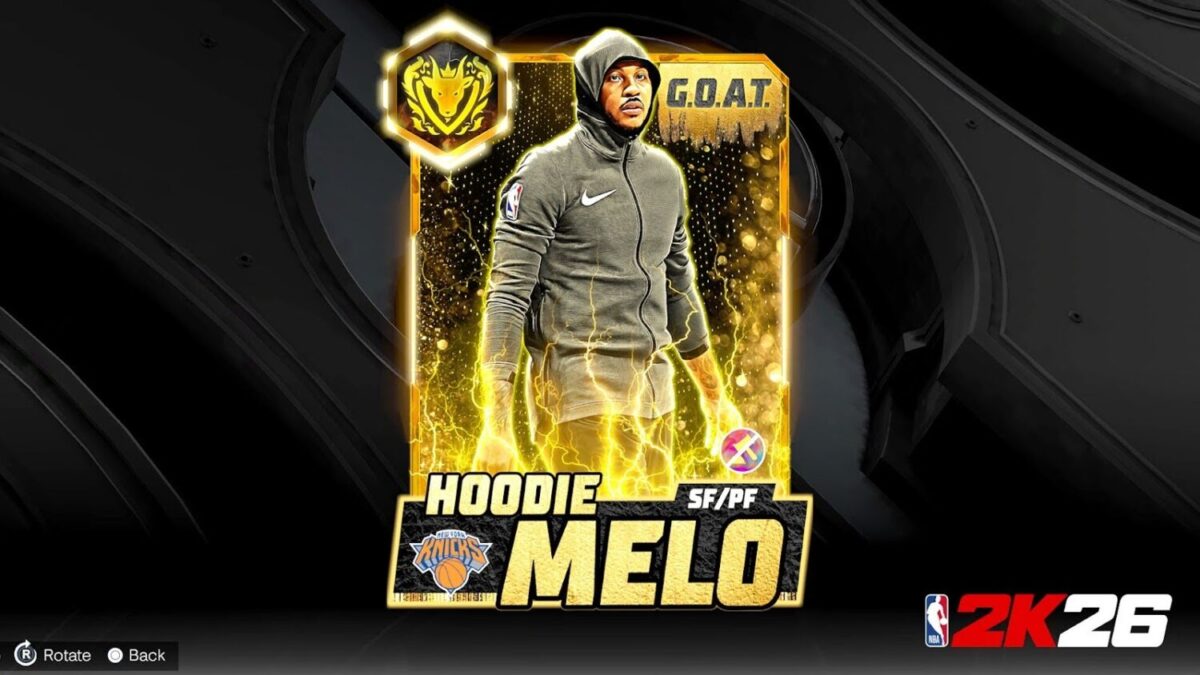
Like a virus, the Virtual Currency bug is a rampant and convenient option for those who prefer to use money to buy their way to the top, ingraining a culture where many prefer to spend a lot of money (plenty of times more than the initial price of NBA 2K26 itself) to make their players look cooler and play better, overlooking what was initially a game that rewarded someone’s hard work and grind to getting that 99 overall. As soon as you load up the live-service offering of MyCity (an MMORPG-esque world that your player lives in), you get bombarded with retail stores, other players with crazy cosmetics on their avatars — most zipping around from point A to point B in their go-karts (which, to no surprise, can be bought with real money).
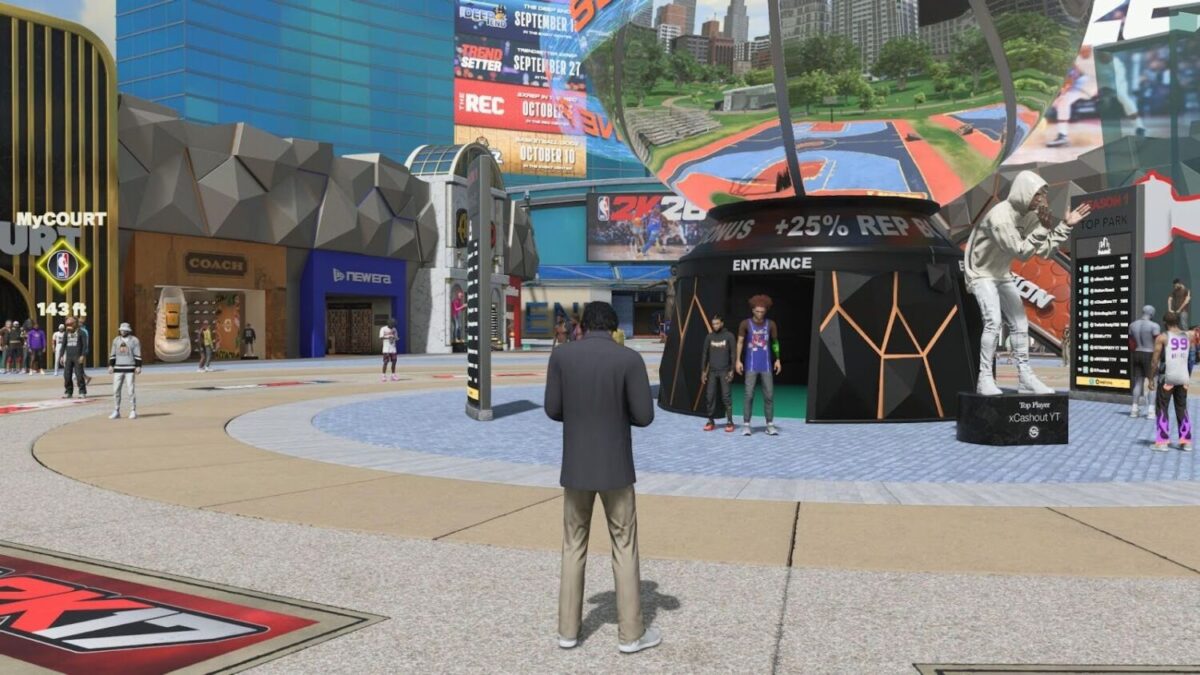
Even though microtransactions have been ubiquitous to every major game out there, there was that slight glimmer of hope that NBA 2K26 bucked the trend, until you get dominated by a 7’6 99-rated kid who had unrestricted access to his mom’s credit card. It seems like the endless stream of rewards to chase, clothes to put on, and player cards to buy is here to stay.
GEEK REVIEW SCORE
Summary
NBA 2K26 doesn’t bring the revolutionary changes that the sports sim community desperately wants. The pervasive pay-to-win culture and comical MyPlayer storyline clouds this year’s improvements so much so that it only feels like a slight upgrade. What keeps fans coming back, though, is the stellar presentation and improved gameplay, with the introduction of a skill-based shooting mechanic and methodical, unique player animations that make it hard to put down your controller.
Overall
7/10-
Gameplay - 8/10
8/10
-
Presentation - 8/10
8/10
-
Value - 5.5/10
5.5/10
-
Geek Satisfaction - 6.5/10
6.5/10
Everything changed when his parents bought him a PlayStation 2 for Christmas. Since then, he’s been hooked on all things esports, video games, and music. If he’s not livestreaming his shenanigans, he’s probably out taking mirror-selfies with his friends, vigorously debating over the Internet’s Meme of the Year.

